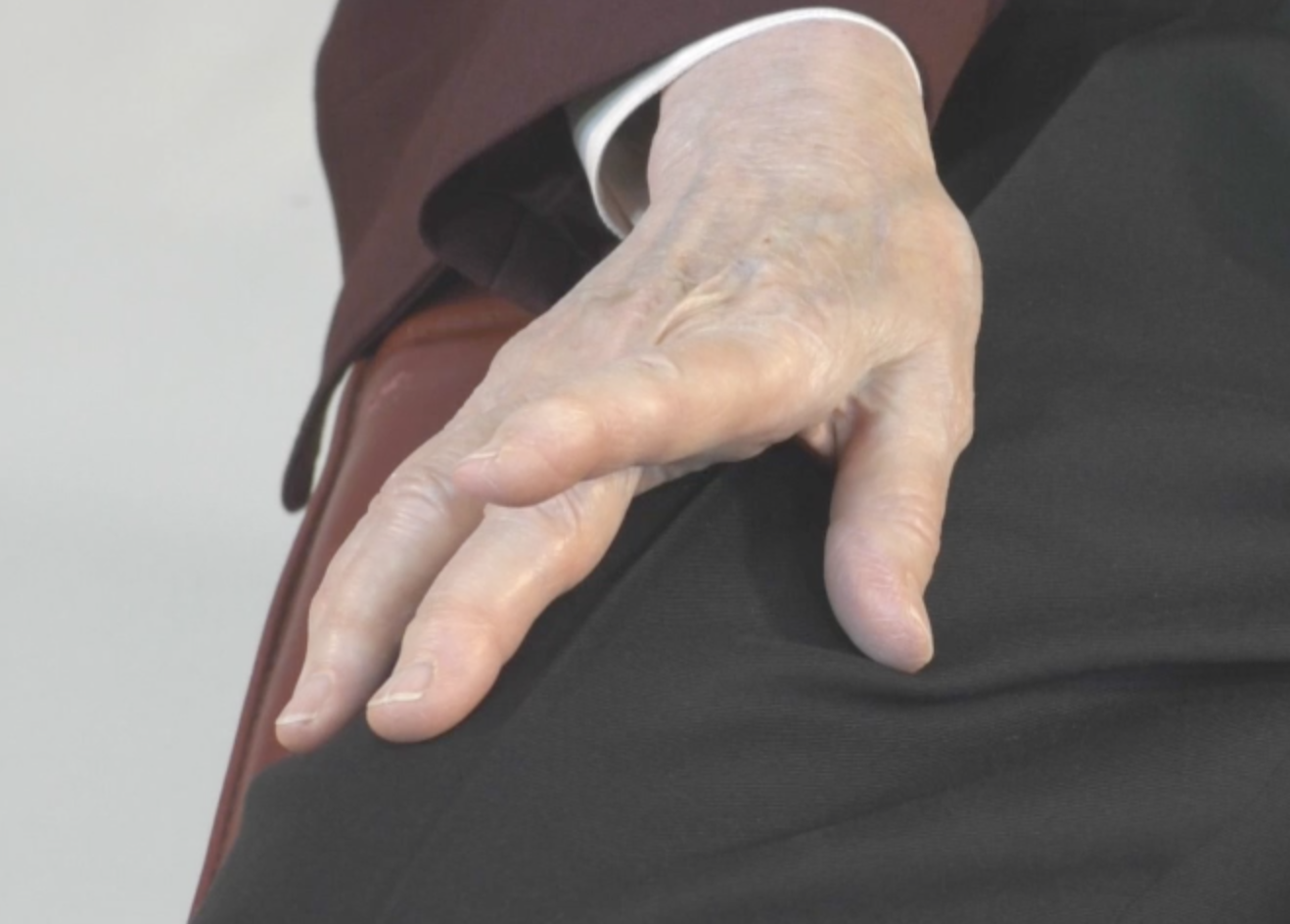
Would You Like to Learn Answers to Questions You've Wondered About?
I've previously described how I came to learn self-hypnosis and, using it, acquired a new mental pathway that has access to my entire memory bank. I call it my Inner Guide. It has its own agenda for bringing me emotional comfort (that is, a life without anxiety, depression or anger; a life lived with just positive feelings). It ends discomforts and solves problems. I've described how it ended a habit that had hampered me, perfectionism, and how it has protected me by using my subliminal perceptions. Now I'd like to tell you how it communicates with me (and how your Inner Guide can communicate with you!).
What Are Finger Signals?
One way of communicating with your Inner Guide is by means of finger signals. (Psychologists call this ideomotor signaling.) At the workshop on hypnosis that I attended when I was first learning about hypnosis, the instructors demonstrated how this works. While in the hypnotic state, a subject is asked which finger means "yes," and a finger spontaneously rises. That finger is the "yes" finger. A "no" finger and an "I don't know" finger are also identified. The hypnotist can then ask the subject questions that are answered when the appropriate finger rises spontaneously.
Psychologists can describe this as occurring because the subject is in a dissociated state, but this is only a description, not an explanation. The theory I've developed provides the explanation, which my book, Emotional Comfort, provides. But you don't need to know the theory to use this, as, indeed, the psychologists and their subjects didn't.
Conversing with Your Inner Guide
While in the self-hypnotic state, you can ask your Inner Guide to show you which of your fingers means "yes," which means "no," and which means "I don't know." (You don't make those choices; your Inner Guide does.) Then you can ask it questions, and it may answer a question by having the appropriate finger rise spontaneously. And sometimes, an Inner Guide will initiate the conversation, when there is something that it wants to tell you.
Can This Really Be True?
Many hypnotherapists (physicians, dentists, and other professionals) have used this successfully. And I have seen this with myself, my patients, and many others to whom I've taught self-hypnosis.
There is another way to communicate with your Inner Guide. Next time I'll tell you about that.
Would You Like to Try This?
In the meantime, if you would like to acquire an Inner Guide and attempt to communicate with it right now, my course, Achieving Emotional Comfort®, will show you how. It is available at: go.emotionalcomfort.com/getcourse